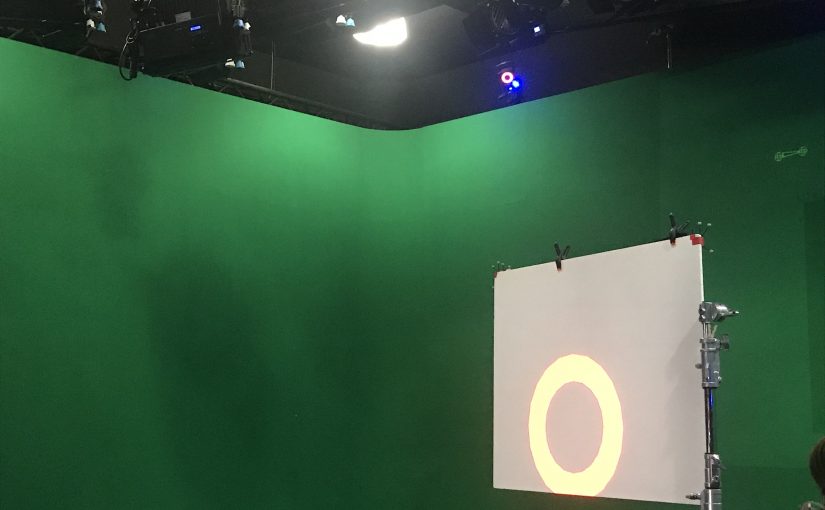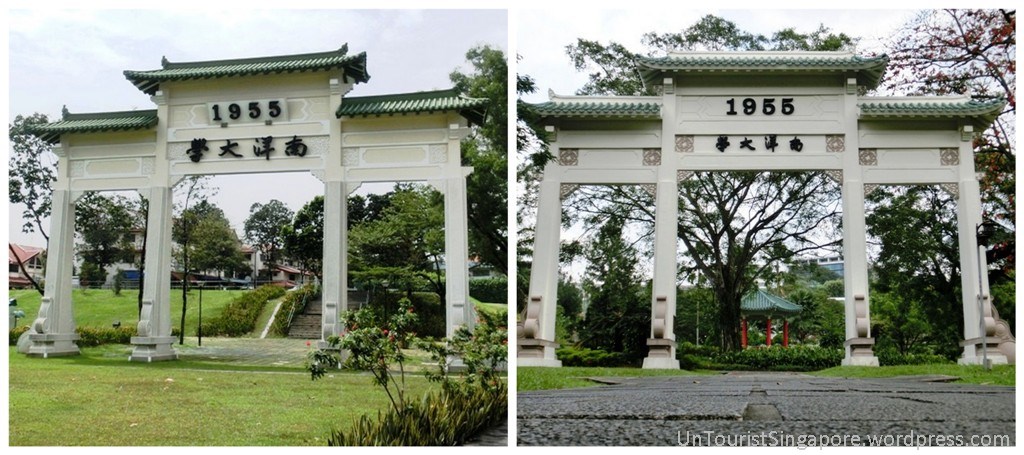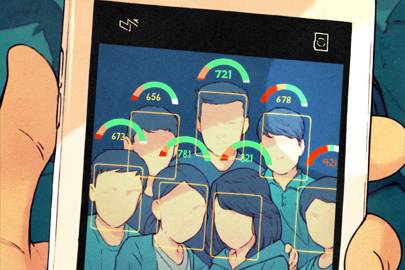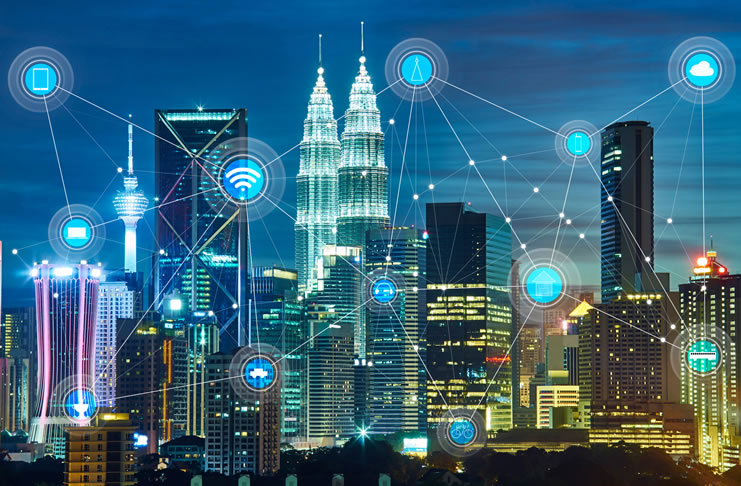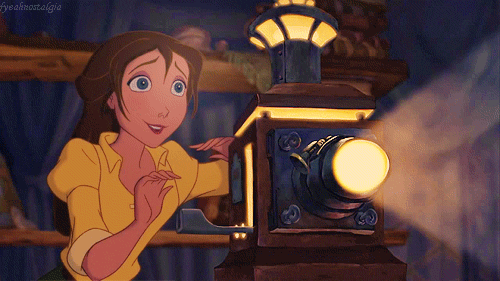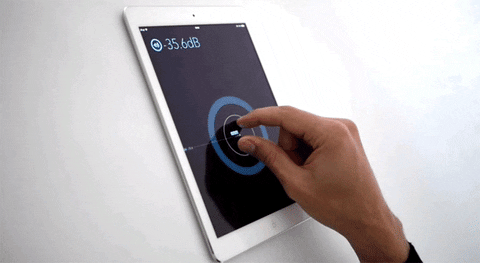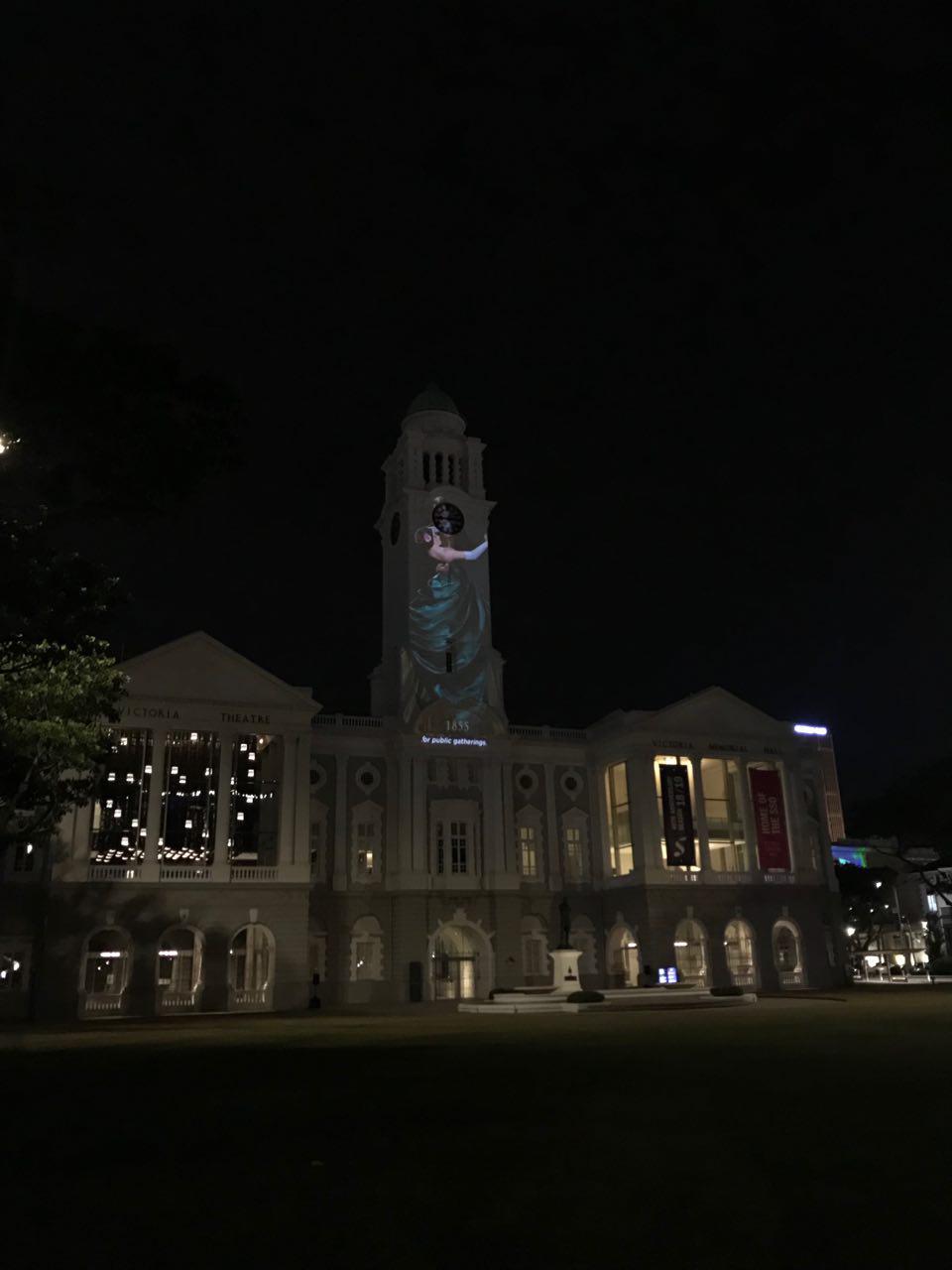by Krzysztof Wodiczko
This readings documents Wodiczko’s extensive interrogation of urban environments. His work represents a search for a form of public art and attempts to heal the numbness that threatens the health of democratic process by disruption it, waking it up and inserting the voice, experience and presence of those others ho have been silenced, alienated and marginalised.
The word vehicle is associated with the concept of a carrier. In some dictionaries, it is described as “a person or a thing” used as a medium “to convey ideas or emotions”. It is commonly understood as a means of transmission, display, and expression.
Whereas critical suggests judgement, as act of pointing out shortcomings. It denote a point in which a turning point or crisis that may demand an urgent response or action. He describe critical vehicle as a medium to convey ideas and emotions in the hope of transporting to each human terrain a vital judgement towards a vital change.
There are many projects documents in the readings and I would like to focus on City Hall Tower Projection, Kraków, for this review.
Everybody in Kraków know this tower and everyone has a special relation with it. They see this tower as a lonely, if not heroically alienated but authoritative, stable, protective and trustworthy civic structure. His project here involves having participants to tell their stories through the tower and therefore develop their confidence and power of self-expression through the process. This brings people speaking through the tower to the center of public attention and turned them into strangely prominent public figure.
In this project, he mentioned about public and private space. As people are sharing their stories through the tower, the stories can be painful secrets that they might not be able to share openly but want to reveal it through a “third” person in which is the tower. Sometimes, such truths may be unveiled more safely and more freely speaking in an open agora or forum, protected by the aura of democratic public space than in private. For people who are viewing the projection, it may have been easier to empathise with the person as tower than with the actual speakers.
The idea of using a tower to share something deep inside them is a comfortable way for the speakers as being anonymous and speaking up is easier as nobody will recognised them and even have the chance to judge them. This gives the speaker the chance to be private in a public space.
The tower is actually communicating the loneliness and alienation of someone suffering a nightmares in this case the experience of domestic violence – a norm in Kraków but is rarely communicated in public. I feel that the use of this tower in Kraków will create a great impact as the tower is known by everyone. Everyone shared something in common in this area and therefore being able to experience the stories even more.
As the projection display the speaker on the tower, they play around with the structure where the face is masked by a huge city clock and their head protected by a gigantic Baroque helmet. This way, nobody will know the identity of the speaker which protects their privacy. Also, he mentioned that the speakers are more willing to share their stories there because due to the nature of the building structure being tall, they felt like it is easier to come clean when they are fifty times taller than someone who abuses and neglected them.
The tower now act as a double for something that is in between human to human and something that can represent their personal experience. The tower manage to convey a powerful message when all the personal experience came to light and were publicly shared through everybody’s tower. Also, they share their stories through recordings and hand gesture such as using everyday objects in the video like performing such simple domestic tasks as peeling potatoes, everyone is able to connect more with them.
I would say that this project is really well thought through as the projection only happens at night from 10.30pm – 12.30am and why is that so? I feel that is it because all the recorded accounts described personal events that took place only at night. Making use of the timing, it will able to bring out the message even better as most people experience the same situation at the same timing.
“How is it possible that one does not believes a person, while one believes the Tower?”
I feel that this sentence where he end this project is really very impactful. Sometimes, people choose to not believe when a stranger or even a friend tells a story but why when the problem is enlarge, suddenly everyone come to a common consensus that the story is true and someone need to do something about it?

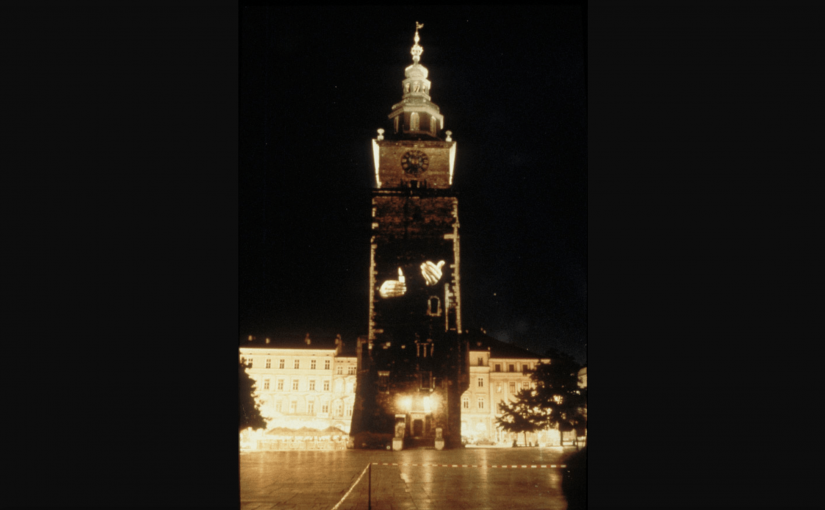

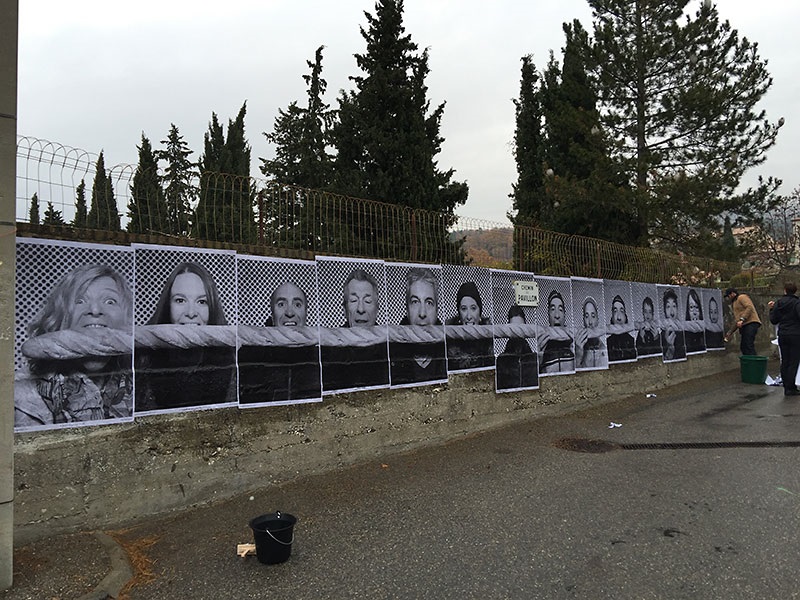
:no_upscale()/cdn.vox-cdn.com/uploads/chorus_asset/file/8550865/IMG_0034.JPG)
:no_upscale()/cdn.vox-cdn.com/uploads/chorus_asset/file/8550867/IMG_0035.JPG)




















